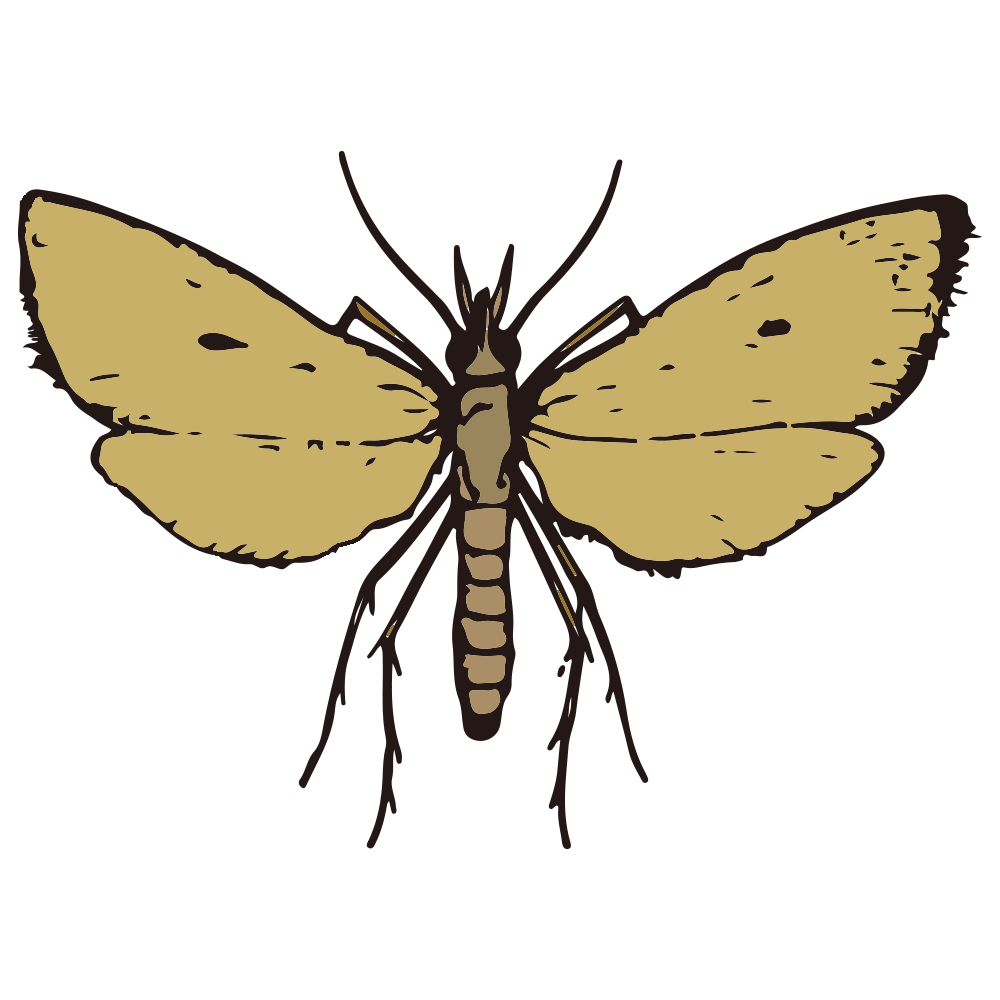


| Latin Name | Scirpophaga incertulas |
| Common Name | Yellow stem borer |
| Biology | Chilo suppressalis is highly host-specific, damaging only rice stems. Larvae rapidly bore into stems, leaving only small water-soaked holes externally (inaccessible to conventional sprays). Generations per year vary significantly by climate (5-8 in tropics, 3-4 in temperate zones), with females laying 80-200 eggs per clutch—eggs are well-hidden in leaf sheath interiors or rice clump bases—and overlapping generations are common. Adults are sensitive to white light, flying <1m above ground (dispersal radius: 50-100m), using cis-11-hexadecenol (Z11-16:OH) for intraspecific communication, and exhibit strong phototaxis and low-altitude aggregation. Field distribution is concentrated yet cryptic (larvae remain inside stems, with only small external holes), requiring precise monitoring and targeted control to block stem-boring damage. |
| Damage | This pest primarily damages rice plants, but also affects water bamboo, corn, and other Poaceae plants. |
| Distribution Regions | Rice-growing regions of Southeast Asia |
| Monitoring | Pheromone lures mimic natural sex pheromones to attract male insects into specialized traps for population monitoring and suppression. As a core IPM component, monitoring enables early risk detection and targeted control. Mass trapping reduces mating opportunities to curb offspring populations. Protocols: ●Use only with matched traps. ●15-45 traps/hectare,replace/replenish every 4-6 weeks. ●Wear gloves or wash hands with detergent when switching lure types. ●Refer to trap-specific hanging instructions. |
| Recommended Traps | Delta Trap, Wing Trap |

Comparta su información de contacto para recibir soluciones de feromonas de precisión. En caso de que nuestra cartera existente no se adapte de forma óptima, nuestro equipo de química sintética iniciará el desarrollo personalizado, desde el diseño de la estructura molecular hasta la producción a escala.